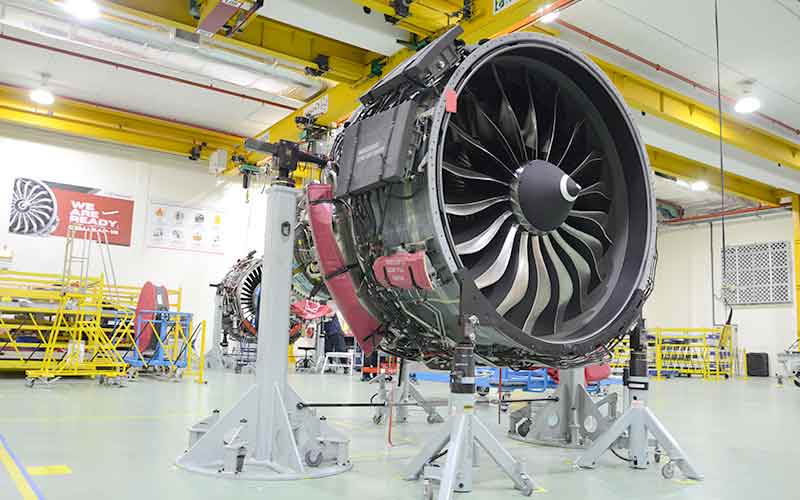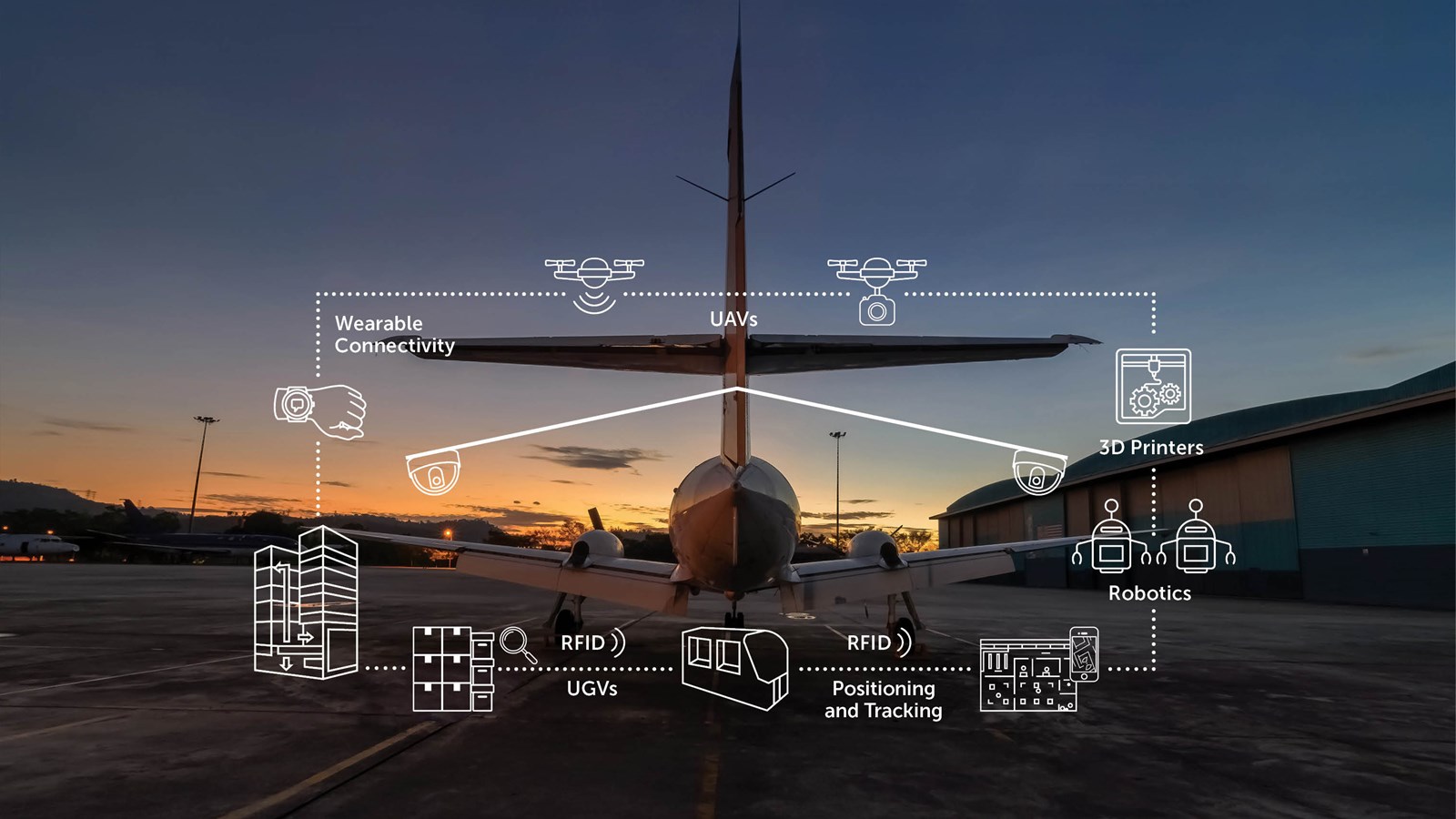
Transforming Aircraft Engine MRO through Robotics and Automation
According to Oliver Wyman’s Global Fleet and MRO Market Forecast 2024–2034, cost management and labour shortages are some of the top disruptors expected to impact the global aviation maintenance, repair, and overhaul (MRO) industry over the next five years. In response to this, MRO providers are seeking new ways to increase efficiency in their services, to better support fleet operators in their operations and reduce turnaround time (TAT). To address these challenges, our aerospace engine MRO business is leveraging robotics and automation to execute complex repairs, elevate workplace safety and increase overall productivity.
Capitalising on human-machine collaboration, we anticipate a future where human ingenuity and advanced technology work hand-in-hand to redefine excellence in aviation MRO. |
Boosting Quality Assurance
Quality assurance in aircraft engine maintenance reduces the risk of malfunction in critical components and ensures the redelivery of safe and reliable aircraft. As the process of ensuring quality is often exacting and time-intensive, we have been utilising robotics to enhance precision and streamline processes.
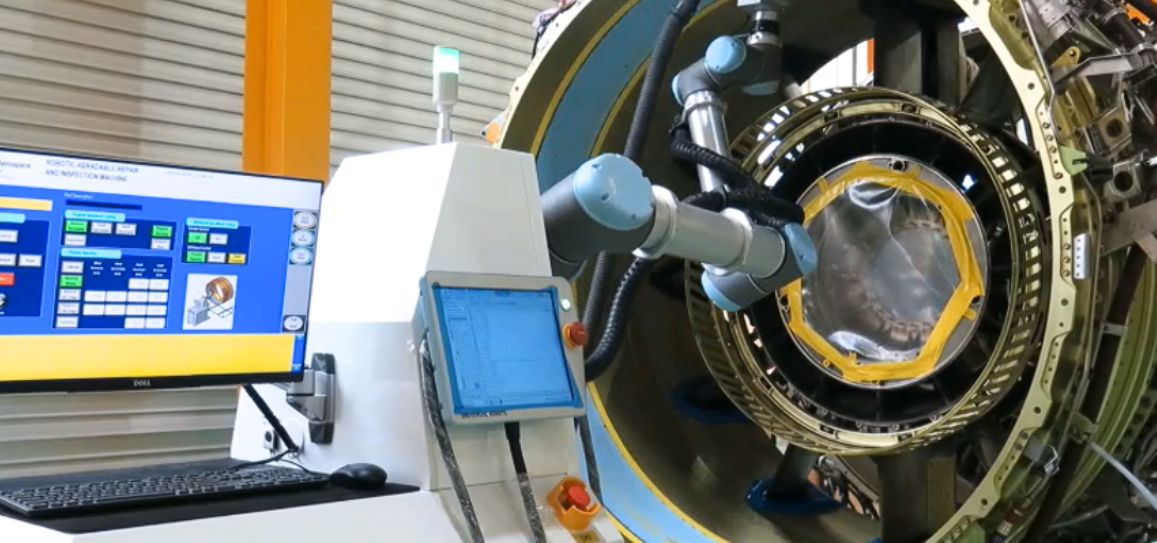
For example, automated fan frame abradable machines in our shopfloors now manage the removal of worn abradable seals on engine fan frames whenever these are due for replacement. This increases precision in removing old seal materials, ensuring a higher level of accuracy and reliability in the process. By eliminating the laborious and taxing manual work previously performed by our technicians, we have significantly improved the quality of maintenance for engine fan frames. Additionally, this shift in workflow has resulted in a 500% increase in productivity.
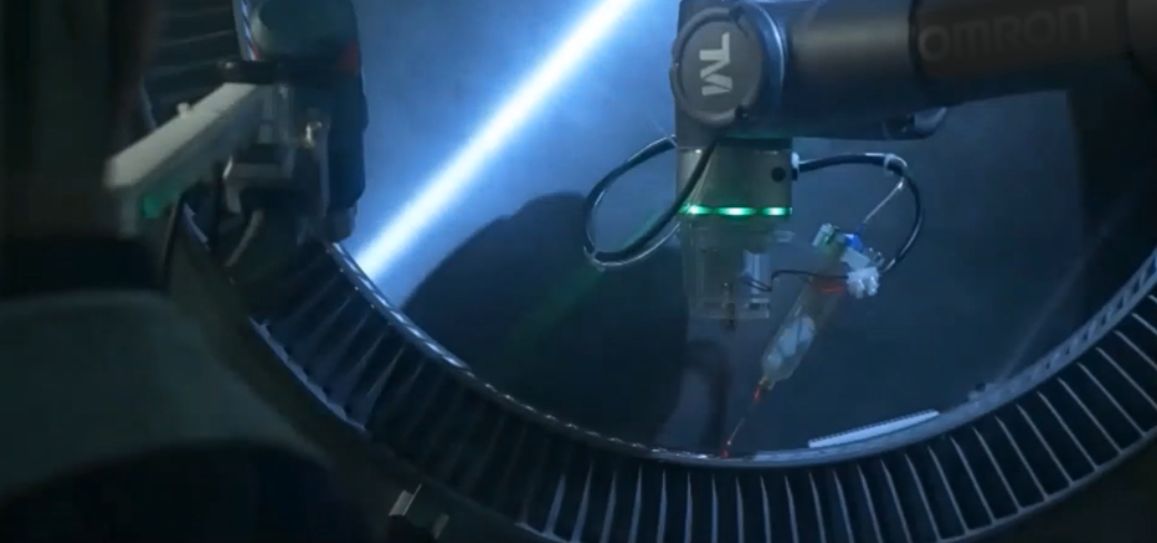
We have similarly enhanced the reliability of our sealant application process for booster vane assemblies by leveraging automated sealant application machines. The labour-intensive manual application of sealants by technicians using needle syringes on up to 100 locations per assembly has been phased out. Now, they simply mount these parts on machines and top up the sealant solution as needed. The automated process, initiated at pre-configured dispensing speeds via an intuitive interface, achieves high levels of accuracy thanks to advanced imaging technology. This transformation has not only improved quality assurance but also boosted productivity by 150%.
Enhancing Safety at the Workplace
The highly complex nature of aviation MRO can also present various health risks and safety hazards to technicians. By enhancing traditional processes with automation and robotics technology, we have been able to improve workplace safety and health.
Traditionally, whenever grit blasting was required, technicians would hold parts in one hand and a blasting gun in the other while activating the gun through a foot pedal. This taxing and detail-oriented task could easily lead to fatigue, potentially increasing the risk of accidents and errors especially during high-demand periods. Today, our robotic grit blasting system, which utilises robotic arms and rotating turntables to automate grit blasting on engine components, has enabled technicians to operate from outside an enclosed blasting room. With the system, technicians prepare the parts on the turntables, then activate the process remotely.
We are also leveraging nanobubble underwater technology in place of manual polishing for the servicing of compressor stator vanes. Previously, technicians had to polish these parts using hand tools while donning personal protective equipment. This was to protect against hazardous dust, a byproduct of the repetitive polishing process. Our current process uses automated robotic arms to immerse these vanes into a water tank, which then generates nanoscale bubbles. The bubbles not only polish the vanes but clean them at the same time, resulting in a more efficient workflow with higher-quality outcomes.
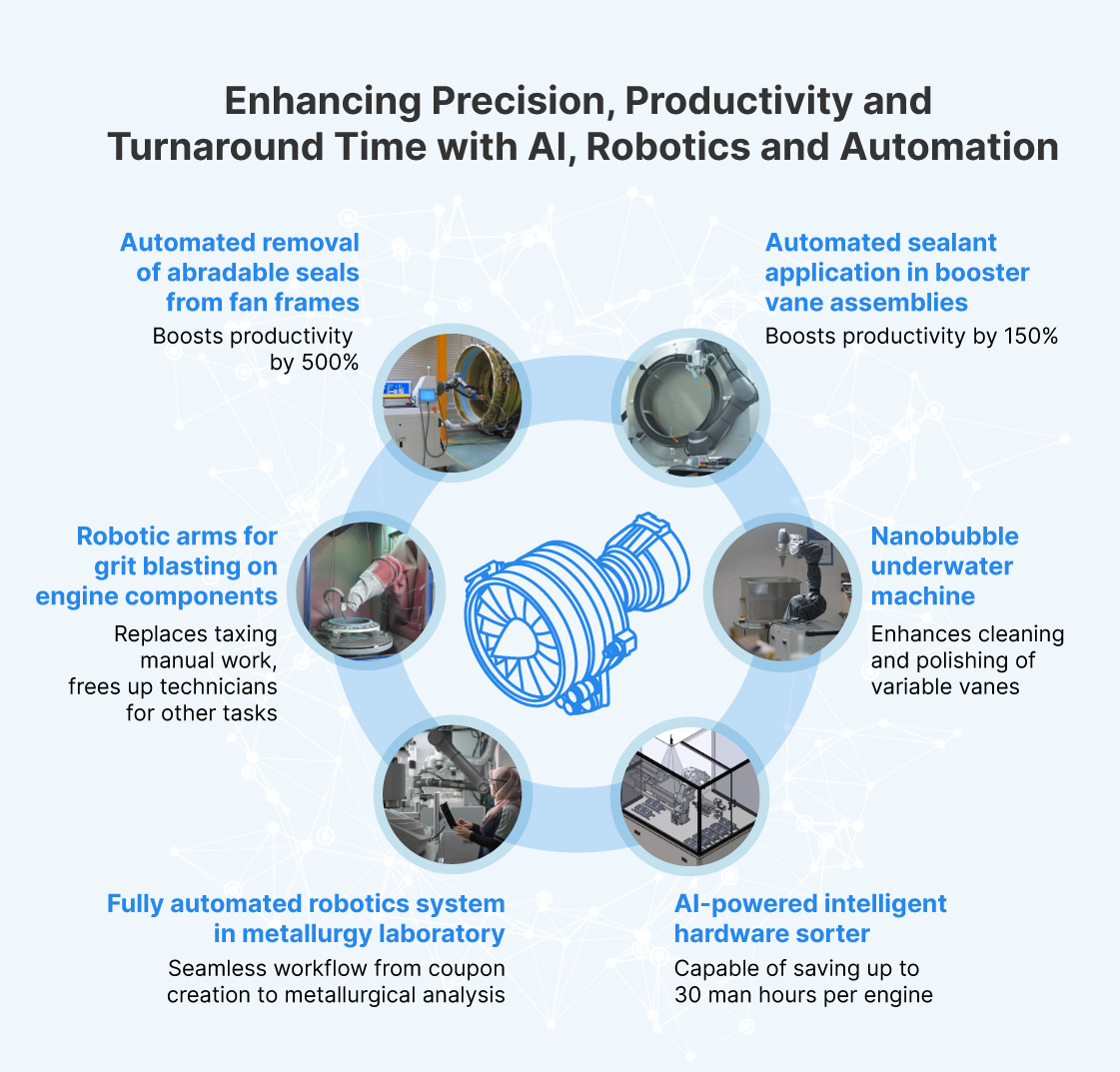
Maximising Productivity Gains
Our metallurgy laboratory has undergone game-changing transformation as well, with the adoption of robotics and automation throughout the metallographic analysis process. In the past, technicians would manually cut small samples of metal coupons for microstructure evaluation. After cutting, the technician would have to mix resin and pour this mixture into a mould by hand, letting it cure for one to two hours to create a resin mount that provides a proper base for inspection. They would then incrementally grind this mounted sample using seven different grades of sandpaper to create a smooth, scratch-free surface for metallurgical analysis. Now, well-programmed robotics handle this entire workflow, automatically creating coupons and swapping between grades of sandpaper precisely and effortlessly.

We are next undertaking development of a transformative intelligent hardware sorter, which utilises AI and machine learning to autonomously identify and sort engine components for their respective maintenance and repair procedures, while simultaneously logging their conditions into a digital database. This innovation is projected to save up to 30 man-hours per engine, optimising the time management of technicians.
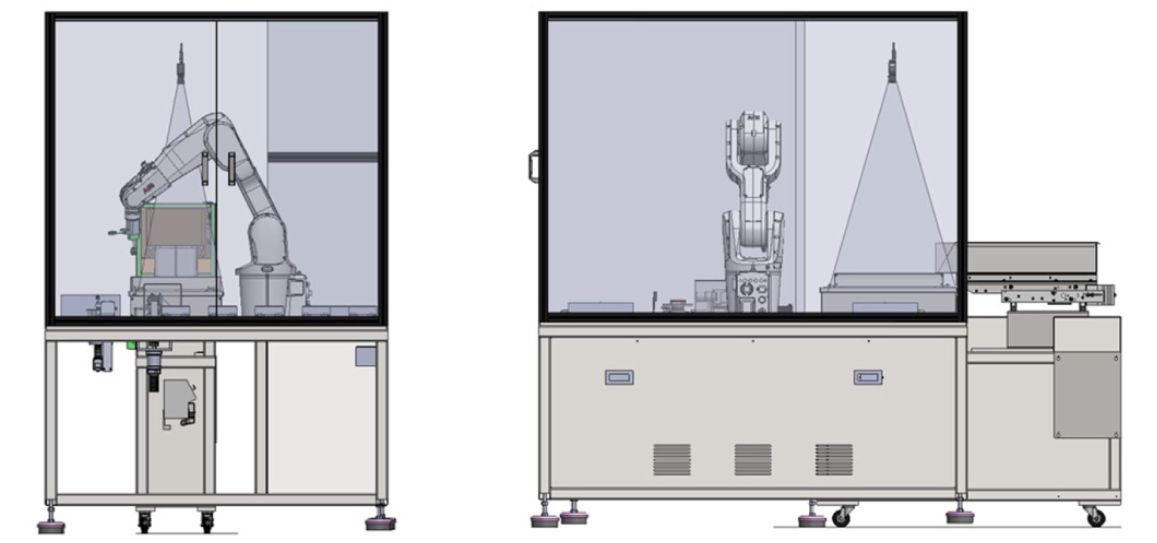
Harnessing the Synergy of our Workforce with Technology
With the rise of advanced technologies such as AI, concerns about job displacement have understandably become more prevalent. At ST Engineering, we choose to focus instead on maximising the potential of human-machine collaboration. By empowering our teams to synergise with technology on the shopfloor, we can make informed and strategic decisions that enhance our operational effectiveness. With projects spanning AI and data analytics in the pipeline, we anticipate a significant reduction in TAT by 7.5 days, translating to approximately 14,088 man-hours saved annually in our engine MRO operations.
Our commitment to harnessing technology and innovation remain pivotal in our transformation roadmap, especially as fleet operators seek dependable and effective partnerships with MRO providers during the industry's transition to next-generation CFM LEAP engines. As Tay Eng Guan, SVP and Head of Engine Services, emphasises, “We are committed to providing the best support for LEAP operators within Asia. We take pride in consistently delivering customised engine solutions of impeccable quality to our customers, ensuring proactive planning and an expedient turnaround time.”
As we expand our capabilities by capitalising on human-machine collaboration, we anticipate a future where human ingenuity and advanced technology work hand-in-hand to redefine excellence in aviation MRO.
Explore our capabilities and other stories of innovation
Subscribe to our newsletter
Copyright © 2025 ST Engineering
By subscribing to the mailing list, you confirm that you have read and agree with the Terms of Use and Personal Data Policy.

